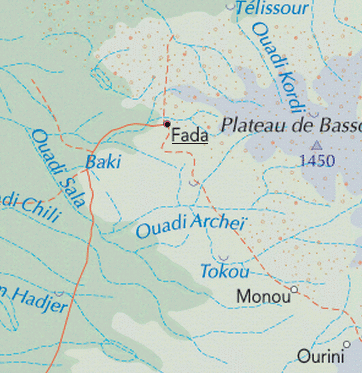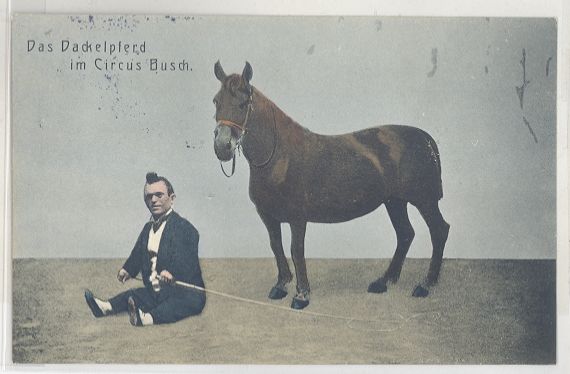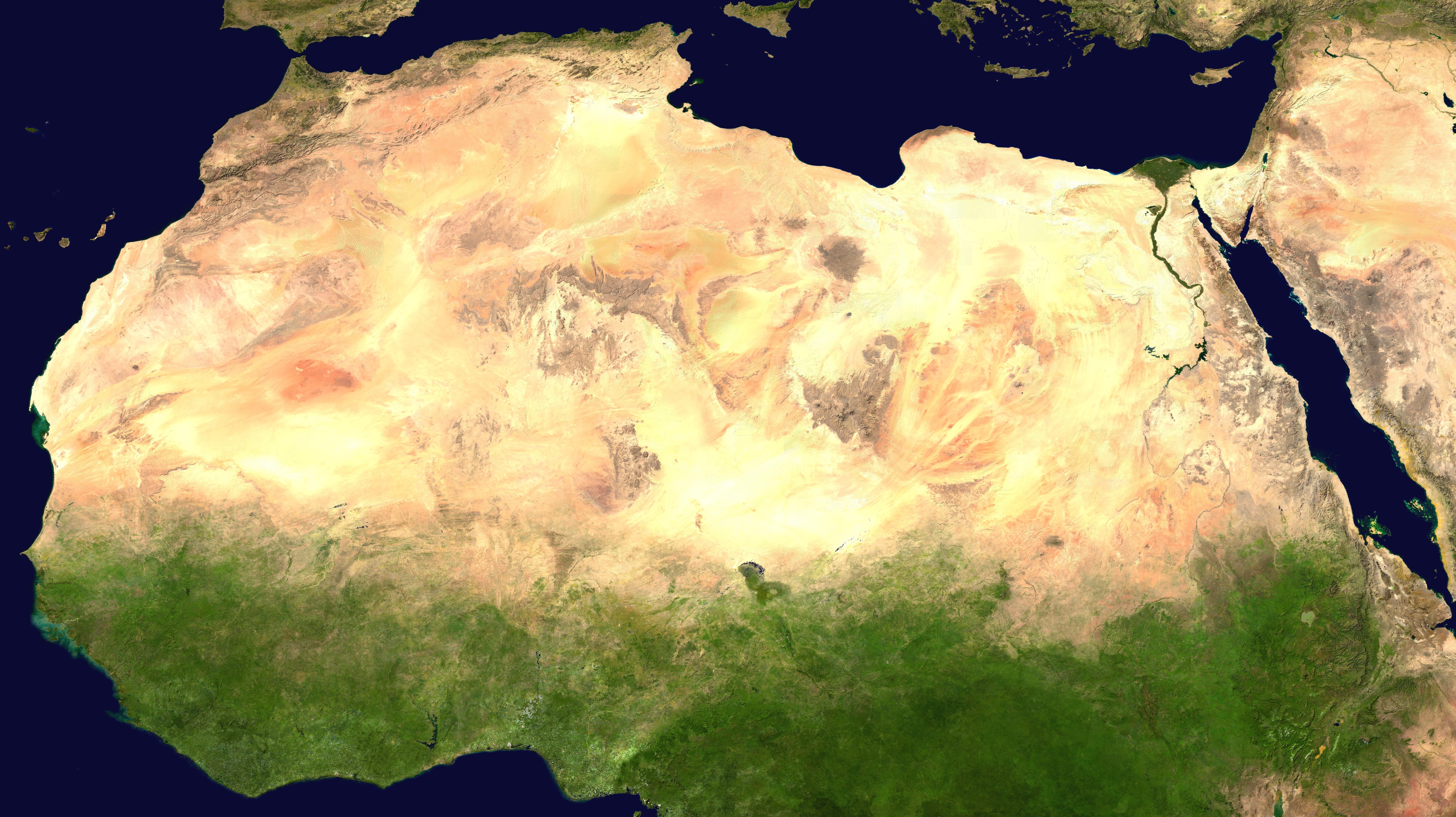|
Ennedi Plateau
The Ennedi Plateau is located in the northeast of Chad, in the regions of Ennedi-Ouest Region, Ennedi-Ouest and Ennedi-Est Region, Ennedi-Est. It is considered a part of the group of mountains known as the Ennedi Massif found in Chad, which is one of the nine countries that make up the Sahel, Sahelian belt that spans the Atlantic Ocean to Sudan. The Ennedi is a sandstone bulwark in the middle of the Sahara, which was formed by erosion from wind and temperature. Many people occupied this area, such as hunters-gatherers (5,000-4,000 cal BC) and pastoralists (beginning 4,000 cal BC). The Ennedi area is also known for its large collection of rock art depicting mainly cattle, as these animals had the greatest financial, environmental, and cultural impact. This art dates back nearly 7,000 years ago. Today, two semi-nomadic groups, mainly Muslim, live in the Ennedi during the rainy months and pass through the area during the dry season. They rely on their herds of camels, donkeys, sheep, ... [...More Info...] [...Related Items...] OR: [Wikipedia] [Google] [Baidu] |
Ennedi Region
Ennedi Region was a former region of Chad. It was created in 2008 from the Ennedi Est Department and Ennedi Ouest Department of the former Borkou-Ennedi-Tibesti Region. The capital of the Ennedi region was Fada. In 2012 it was split into two new regions: the department of Wadi Hawar became Ennedi-Est Region and the department of Ennedi became Ennedi-Ouest Region. Per the census of 2009, the population of the region was 173,606, 45.20 per cent female. The total number of households was 24,784: 23,977 in rural areas and 807 in urban areas. The number of nomads in the region was 27,759, 7.20 per cent of the population. The sex ratio was 121.00 females for every hundred males. Demographics Per the census of 2009, the population of the region was 173,606, 45.20 per cent female. The average size of household as of 2009 is 5.90: 5.90 in rural households and 5.40 in urban areas. The total number of households was 24,784: 23,977 in rural areas and 807 in urban areas. The number of nom ... [...More Info...] [...Related Items...] OR: [Wikipedia] [Google] [Baidu] |
Basement (geology)
In geology, basement and crystalline basement are crystalline rocks lying above the mantle and beneath all other rocks and sediments. They are sometimes exposed at the surface, but often they are buried under miles of rock and sediment. The basement rocks lie below a sedimentary platform or cover, or more generally any rock below sedimentary rocks or sedimentary basins that are metamorphic or igneous in origin. In the same way, the sediments or sedimentary rocks on top of the basement can be called a "cover" or "sedimentary cover". Basement rock consists of continental crustal rock which has been modified several times through tectonic events including deformation, metamorphism, deposition, partial melting and magmatism. Continental crust Basement rock is the thick foundation of ancient, and oldest, metamorphic and igneous rock that forms the crust of continents, often in the form of granite. Basement rock is contrasted to overlying sedimentary rocks which are laid down ... [...More Info...] [...Related Items...] OR: [Wikipedia] [Google] [Baidu] |
Guelta D'Archei
The Guelta d'Archei is one of the most famous gueltas in the Sahara. It is located in the Ennedi Plateau, in north-eastern Chad, south-east of the town of Fada. The Guelta d'Archei is inhabited by several kinds of animals, most notably the West African crocodile (''Crocodylus suchus''; until recently thought to be a synonym for the Nile crocodile, ''Crocodylus niloticus'' Laurenti). Middle Holocene remains, as well as rock paintings, indicate that this species once thrived across most of today's Sahara Desert and in swamps and rivers along South Mediterranean shores. The small group of surviving crocodiles in the Guelta d'Archei represents one of the last colonies known in the Sahara today; the Tagant Plateau colony in Mauritania has likely been extinct since 1996. Travel to the Guelta d'Archei is very difficult, as it is not serviced by paved roads. It is an approximately four-day's 4×4 drive from the Chadian capital of N'Djamena N'Djamena ( ) is the capital city, capital an ... [...More Info...] [...Related Items...] OR: [Wikipedia] [Google] [Baidu] |
Canyon
A canyon (; archaic British English spelling: ''cañon''), gorge or chasm, is a deep cleft between escarpments or cliffs resulting from weathering and the erosive activity of a river over geologic time scales. Rivers have a natural tendency to cut through underlying surfaces, eventually wearing away rock layers as sediments are removed downstream. A river bed will gradually reach a baseline elevation, which is the same elevation as the body of water into which the river drains. The processes of weathering and erosion will form canyons when the river's headwaters and estuary are at significantly different elevations, particularly through regions where softer rock layers are intermingled with harder layers more resistant to weathering. A canyon may also refer to a rift between two mountain peaks, such as those in ranges including the Rocky Mountains, the Alps, the Himalayas or the Andes. Usually, a river or stream carves out such splits between mountains. Examples of mountain- ... [...More Info...] [...Related Items...] OR: [Wikipedia] [Google] [Baidu] |
Algeria
Algeria, officially the People's Democratic Republic of Algeria, is a country in the Maghreb region of North Africa. It is bordered to Algeria–Tunisia border, the northeast by Tunisia; to Algeria–Libya border, the east by Libya; to Algeria–Niger border, the southeast by Niger; to Algeria–Western Sahara border, the southwest by Mali, Mauritania, and Western Sahara; to Algeria–Morocco border, the west by Morocco; and to the north by the Mediterranean Sea. The capital and List of cities in Algeria, largest city is Algiers, located in the far north on the Mediterranean coast. Inhabited since prehistory, Algeria has been at the crossroads of numerous cultures and civilisations, including the Phoenicians, Numidians, Ancient Rome, Romans, Vandals, and Byzantine Greeks. Its modern identity is rooted in centuries of Arab migrations to the Maghreb, Arab Muslim migration waves since Muslim conquest of the Maghreb, the seventh century and the subsequent Arabization, Arabisation ... [...More Info...] [...Related Items...] OR: [Wikipedia] [Google] [Baidu] |
Mauritania
Mauritania, officially the Islamic Republic of Mauritania, is a sovereign country in Maghreb, Northwest Africa. It is bordered by the Atlantic Ocean to the west, Western Sahara to Mauritania–Western Sahara border, the north and northwest, Algeria to Algeria–Mauritania border, the northeast, Mali to Mali–Mauritania border, the east and southeast, and Senegal to Mauritania–Senegal border, the southwest. By land area Mauritania is the 11th-largest country in Africa and 28th-largest in the world; 90% of its territory is in the Sahara. Most of its population of some 4.3 million lives in the temperate south of the country; roughly a third of the population is concentrated in the capital and largest city, Nouakchott, on the Atlantic coast. The country's name derives from Mauretania, the Latin name for a region in the ancient Maghreb. It extended from central present-day Algeria to the Atlantic. Berbers occupied what is now Mauritania by the beginning of the third centu ... [...More Info...] [...Related Items...] OR: [Wikipedia] [Google] [Baidu] |
Dwarfism
Dwarfism is a condition of people and animals marked by unusually small size or short stature. In humans, it is sometimes defined as an adult height of less than , regardless of sex; the average adult height among people with dwarfism is . ''Disproportionate dwarfism'' is characterized by either Rhizomelia, short limbs or a short torso. In cases of ''proportionate dwarfism'', both the limbs and torso are unusually small. Intelligence is usually normal, and most people with it have a nearly normal life expectancy. People with dwarfism can usually bear children, although there are additional Pregnancy risks, risks to the mother and child depending upon the underlying condition. The most common and recognizable form of dwarfism in humans (comprising 70% of cases) is achondroplasia, a genetic disorder whereby the limbs are diminutive. Growth hormone deficiency is responsible for most other cases. There are many other less common causes. Treatment of the condition depends on the u ... [...More Info...] [...Related Items...] OR: [Wikipedia] [Google] [Baidu] |
Neolithic Subpluvial
The African humid period (AHP; also known by other names) was a climate period in Africa during the late Pleistocene and Holocene geologic epochs, when northern Africa was wetter than today. The covering of much of the Sahara desert by grasses, trees and lakes was caused by changes in the Earth's axial tilt, changes in vegetation and dust in the Sahara which strengthened the African monsoon, and increased greenhouse gases. During the preceding Last Glacial Maximum, the Sahara contained extensive dune fields and was mostly uninhabited. It was much larger than today, and its lakes and rivers such as Lake Victoria and the White Nile were either dry or at low levels. The humid period began about 14,600–14,500 years ago at the end of Heinrich event 1, simultaneously to the Bølling–Allerød warming. Rivers and lakes such as Lake Chad formed or expanded, glaciers grew on Mount Kilimanjaro and the Sahara retreated. Two major dry fluctuations occurred; during the Younger Dryas ... [...More Info...] [...Related Items...] OR: [Wikipedia] [Google] [Baidu] |
West African Crocodile
The West African crocodile, desert crocodile, or sacred crocodile (''Crocodylus suchus'') is a species of crocodile related to, and often confused with, the larger and more aggressive Nile crocodile (''C. niloticus''). Taxonomy The species was named by Étienne Geoffroy Saint-Hilaire in 1807, who discovered differences between the skulls of a Animal mummy, mummified crocodile and those of Nile crocodile (''C. niloticus''). However, this new species was long afterwards regarded as a Synonym (taxonomy), synonym of the Nile crocodile. In 2003, a study resurrected ''C. suchus'' as a valid species, and this was confirmed by several other studies conducted between 2011 and 2015. Despite the long history of confusion, Genetics, genetic testing has revealed that the two are not particularly close. The closest relatives of the Nile crocodile are the ''Crocodylus'' species from the Americas, while the West African crocodile is Basal (phylogenetics), basal to the clade of Nile and Americ ... [...More Info...] [...Related Items...] OR: [Wikipedia] [Google] [Baidu] |
Fauna
Fauna (: faunae or faunas) is all of the animal life present in a particular region or time. The corresponding terms for plants and fungi are ''flora'' and '' funga'', respectively. Flora, fauna, funga and other forms of life are collectively referred to as '' biota''. Zoologists and paleontologists use ''fauna'' to refer to a typical collection of animals found in a specific time or place, e.g. the " Sonoran Desert fauna" or the " Burgess Shale fauna". Paleontologists sometimes refer to a sequence of faunal stages, which is a series of rocks all containing similar fossils. The study of animals of a particular region is called faunistics. Etymology ''Fauna'' comes from the name Fauna, a Roman goddess of earth and fertility, the Roman god Faunus, and the related forest spirits called Fauns. All three words are cognates of the name of the Greek god Pan, and ''panis'' is the Modern Greek equivalent of fauna (πανίς or rather πανίδα). ''Fauna'' is also the word fo ... [...More Info...] [...Related Items...] OR: [Wikipedia] [Google] [Baidu] |
Andean-Saharan Glaciation
The Hirnantian Glacial period, glaciation, also known as the Andean-Saharan glaciation, Early Paleozoic Ice Age (EPIA), the Early Paleozoic Icehouse, the Late Ordovician glaciation, or the end-Ordovician glaciation, occurred during the Paleozoic from approximately 460 annum, Ma to around 420 Ma, during the Late Ordovician and the Silurian period. The major glaciation during this period was formerly thought only to consist of the Hirnantian glaciation itself but has now been recognized as a longer, more gradual event, which began as early as the Darriwilian, and possibly even the Floian. Evidence of this glaciation can be seen in places such as Arabia, North Africa, South Africa, Brazil, Peru, Bolivia, Chile, Argentina, and Wyoming. More evidence derived from isotopic data is that during the Late Ordovician, tropical ocean temperatures were about 5 °C cooler than present day; this would have been a major factor that aided in the glaciation process. The Late Ordovician glaciati ... [...More Info...] [...Related Items...] OR: [Wikipedia] [Google] [Baidu] |







